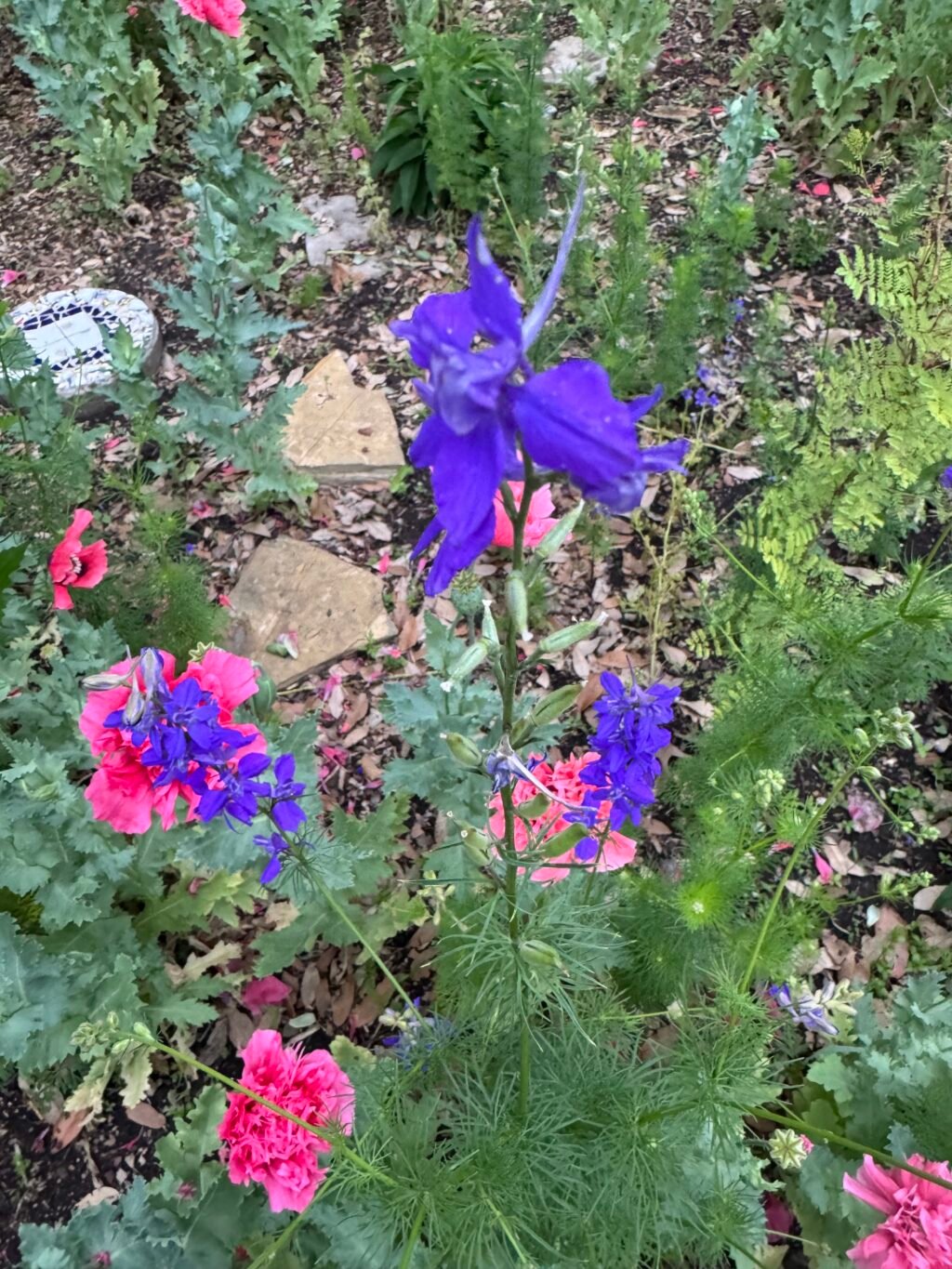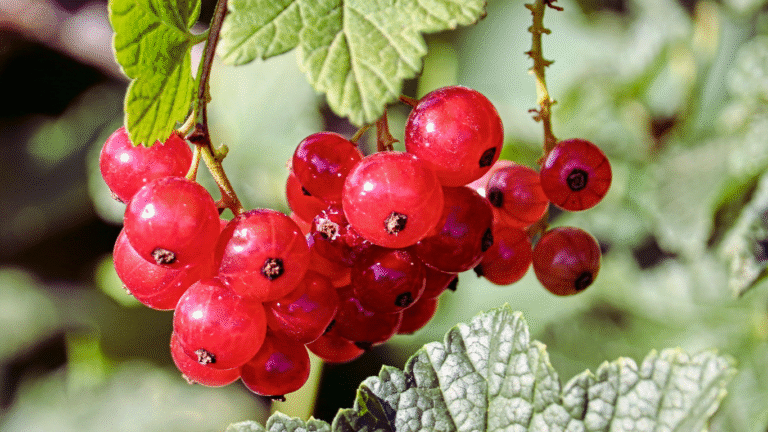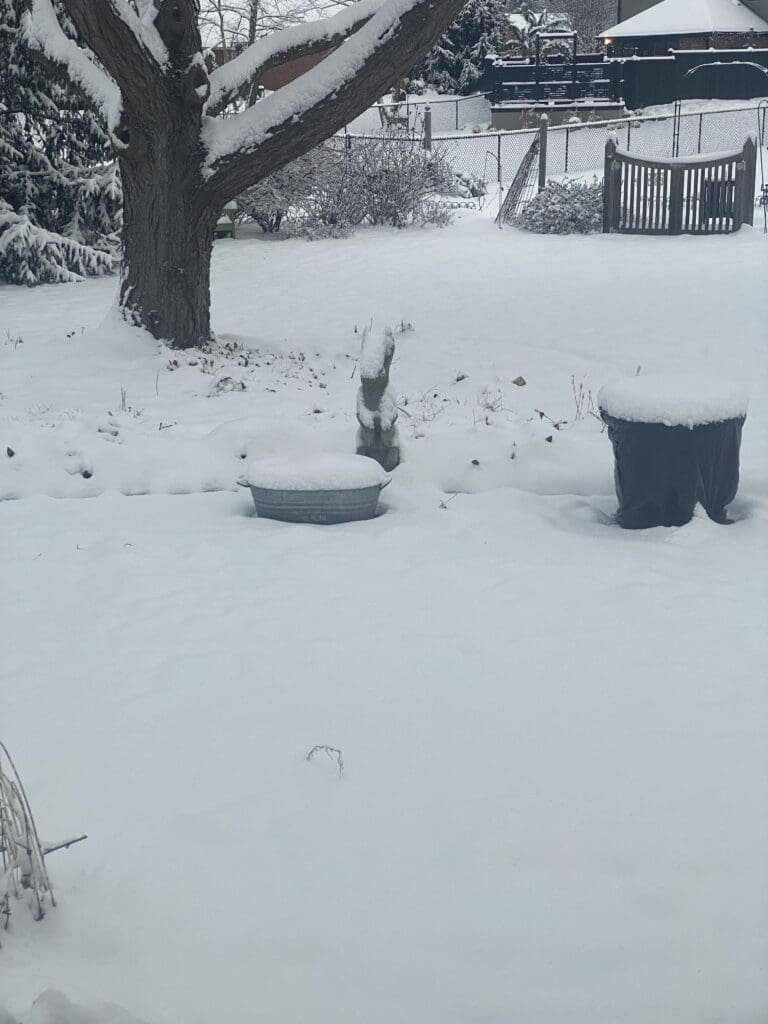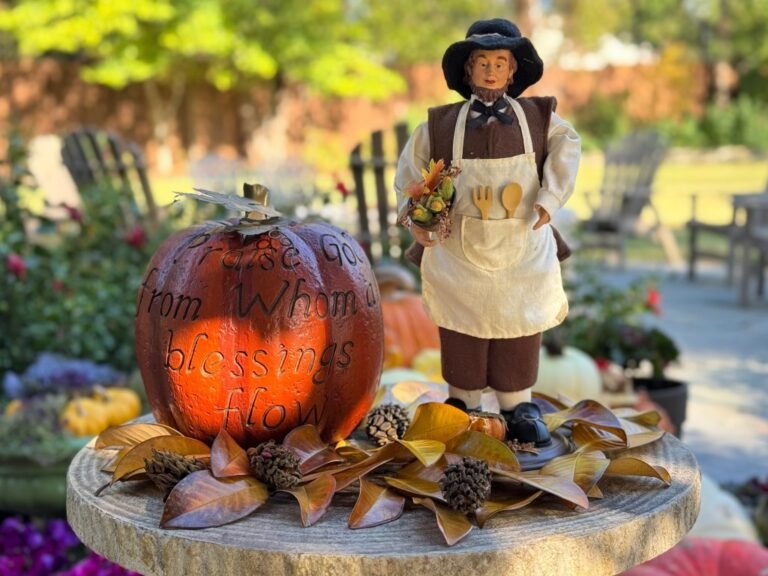
May 3, 2025
What a great plant larkspur is. Coming up from the seeds of last springs plants–living all winter as little fluffy greenery and suddenly growing tall and blooming before most other flowers.
Winter can be a challenge but finding the tiny larkspur seedlings and thinking of whats to come lifts the spirits. What a bonus that they honestly do not need a great deal of help from the gardener to grow and thrive.
As with most self seeding plants they come up where they wish to and may require some editing. If they are too crowded they won’t be their best so don’t hesitate to thin out the smaller ones. This will allow the remaining plants to grow tall. This adds structure to the spring garden. The color honestly goes with everything. Pink poppies–nigella–combined with the blues and purples of the larkspur–its a picture waiting to be painted–at least admired by you and anyone lucky enough to pass by.
Watch carefully larkspur is a magnet for native bumblebees. As we know bumblebees have been struggling. Seeing so many enjoying the larkspur makes growing them worthwhile in itself.
But wait–there is more!! When you grow larkspur you are growing a plant that has been grown by gardeners for hundreds of years. The Victorians were very fond of them–they were popular gift flowers.
In medieval times they were grown in monastery gardens. These gardens had to be useful not just beautiful.
Now–lets pause–important information will follow: all parts of larkspur are toxic. Do not consider internal use. But its great to know that people tried their best to help and use what they saw around them. Potions were made to treat a variety of problems including depression and anxiety. The seeds were used to make a solution to kill lice. That had to be a welcome relief as lice were a horribly common problem. In fact this use continued for a long time –soldiers used it during the revolutionary war..
The flowers can be used to make a dye and were used by the monks to make a blue ink.
So think of all those before you as you work in your garden–and remember you are a link in this long chain. Remember yes–but as always–there is more.You obviously must let the plants finish their blooming and go to seed–yes this can be a bit untidy but its essential. Lots of seeds will fall and they will lie in wait until next winter when the cycle starts again. But don’t let them all fall–gather some seeds.
Share some seeds with friends and neighbors–answer their questions about how to grow larkspur.
So the chain that links the plant and the gardener to the distant past will extend into the future–and you are and will be a link in that chain.









Susan Thornbury, Dallas County Master Gardener Class of 2008


